ST. LUCIA (Day 12)
We were up early. The rain had ceased and we finally got a chance to look at the place in the light. It was quite charming although severely weathered and neglected in many ways.


The drive out on the wet, clay road was incredibly slippery! Along with huge potholes, we also had to avoid hitting Dipstick (the dog) who kept running alongside us and then would suddenly dart ahead and simply stop.


We drove some 250 miles to St. Lucia (pronounced Loosha), located on the coast. We checked into African Tale Backpackers where we could actually spend the night in our own grass hut.
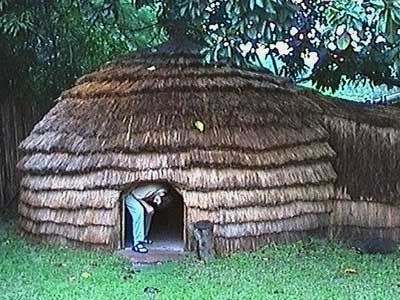
The town of St. Lucia is on the southern tip of iSimangaliso Wetland Park (previously known as Greater St. Lucia Wetlands Park). It is one of the most diverse regions in the KwaZulu-Natal province.
Our first stop was the St. Lucia Crocodile Center. We arrived just in time to see their weekly feeding. The smaller ones got fed first. The water exploded with animals lunging for the bits of meat and organs being tossed their way. Then they would slip quietly and gently backwards into the water... sitting and waiting with their eyes and snouts just above the water until the next 'victim' came along.

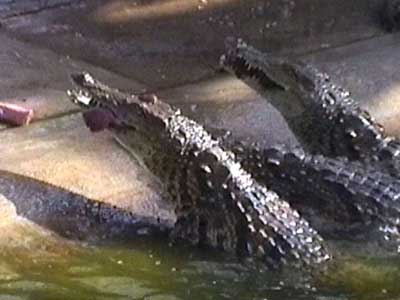
The biggest animals were fed by hand. They woke up immediately as the keepers approached them. The keepers were willing to feed the more docile alligators directly by hand but kept ample distance from the aggressive crocodiles.

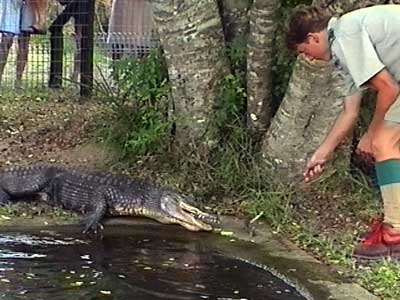
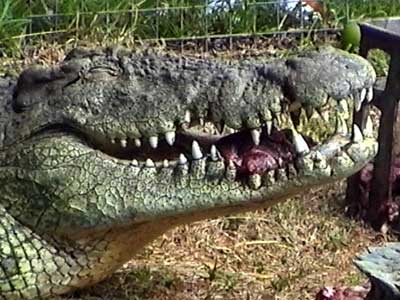
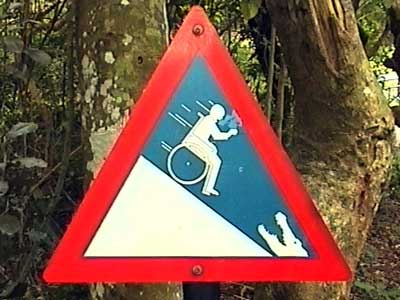
We had to skip the museum (which did look like it would be amazing) in order to be on time for our boat tour. We set out on the murky brown river in search of adventure. We were only a few minutes out when a torrential rain storm hit. The storm was short-lived but again we got completely soaked.
The St. Lucia estuary is 37 miles long and 13 miles at its widest point. It's fed by five rivers and opens to the Indian Ocean, which gives it its rather high salt content. Being a part of the ocean, the estuary is effected by the ebb and flow of the tides, although always about 2 hours behind. The estuary contains several different ecosystems and was a haven for plants and animals. There are 720 species of trees, about 2,000 crocodiles, 700 to 800 hippos, 7 species of shark, and countless manta rays and marine fish. We personally saw crocodiles, all sorts of birds and even a group of large Vervet monkeys bounding among the trees along the shore.
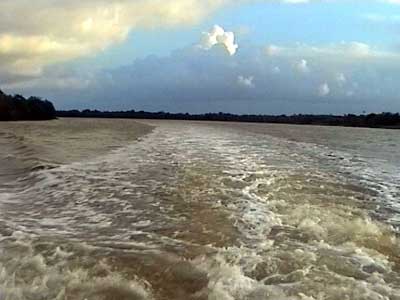



As the sun began to set, the nocturnal hippos started yawning and waking up. They graze on land, roaming about 20 miles, and eat about 175 pounds of grass per night. Nearby, a small boat seemed to be in trouble. The engine had died and it was slowly drifting into a group of hippos. We picked the couple up and radioed for someone to come get their rental boat.


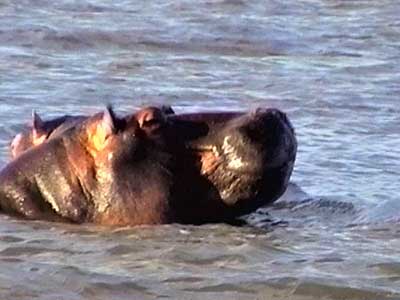

Back at our grass hut, we did our best to dry off. We sat outside and talked with some fellow travelers, including Sonja and Bert (the couple stranded in the boat). As night fell, there were lots of noises coming from the surrounding trees and vegetation... rustling, peeps, squeaks. And the bugs also came out. Not just normal bugs but HUGE ones. They were actually MUCH larger than the tiny frogs hopping about wanting to catch and eat them.
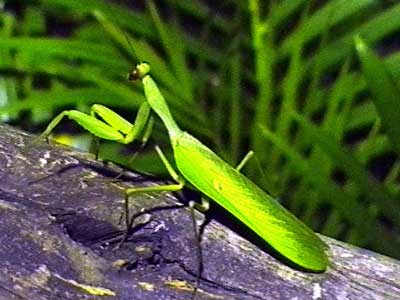
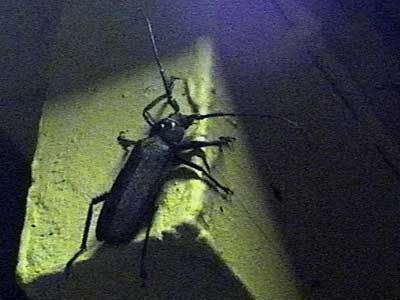
To take a shower, one first had to fill a bucket with warm water from a distant faucet. Then one had to carry the heavy bucket to the shower, hook it to a rope, hoist it up, and secure the rope to a peg near the floor.There was a knob under the bucket to release the water. It was wonderfully warm, albeit low pressure. Fortunately one bucket was enough since I wasn't sure how would I would refill it... all soapy, walking all the way back down to the faucet.
Eventually we retreated back into our hut once the rains began again.
return • continue

